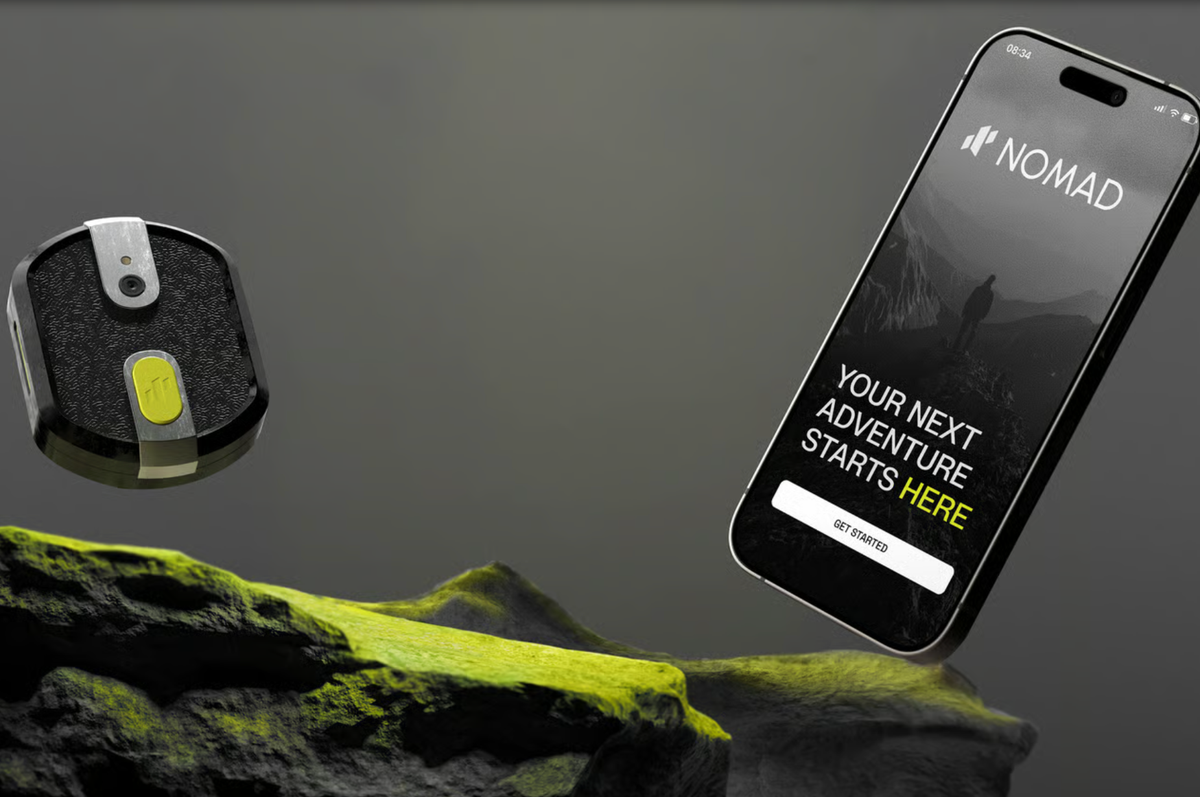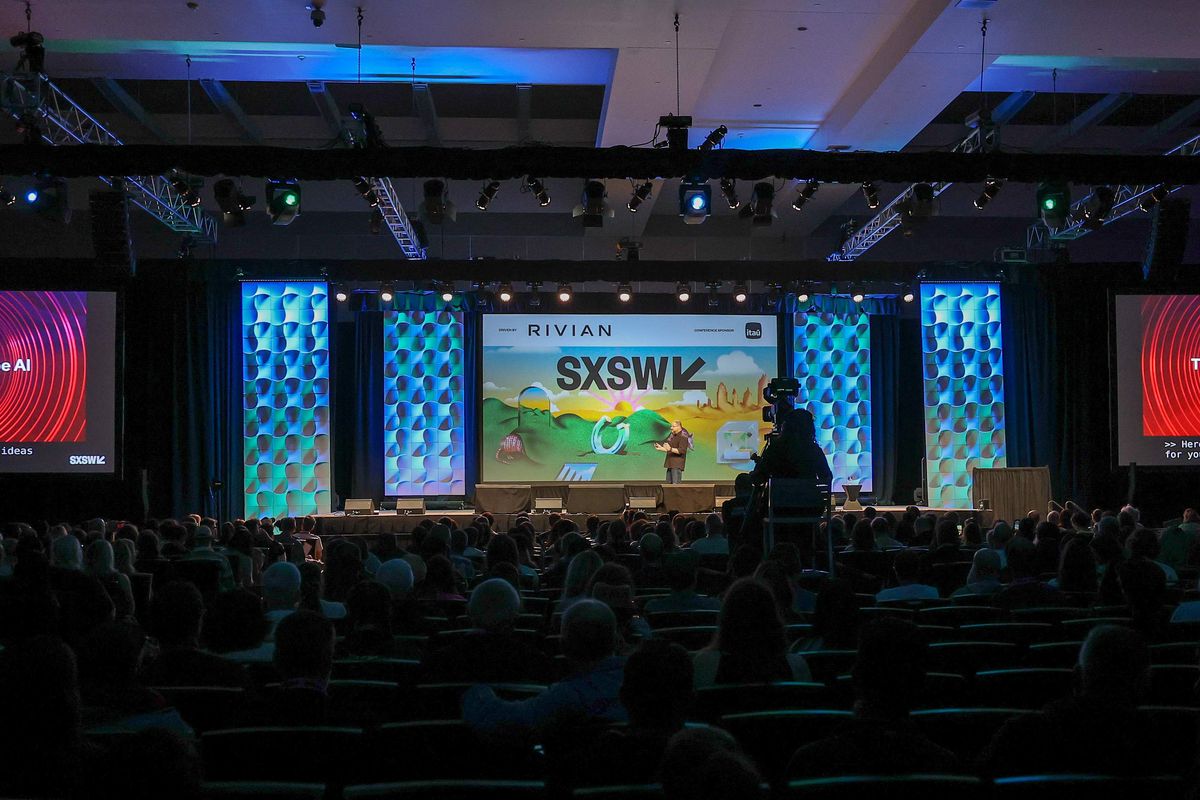Stuck NASA astronauts welcome SpaceX capsule that'll bring them home next year
rescue mission
The two astronauts stuck at the International Space Station since June welcomed their new ride home with Sunday’s arrival of a SpaceX capsule.
SpaceX launched the rescue mission on Saturday with a downsized crew of two astronauts and two empty seats reserved for Butch Wilmore and Suni Williams, who will return next year. The Dragon capsule docked in darkness as the two craft soared 265 miles (426 kilometers) above Botswana.
NASA switched Wilmore and Williams to SpaceX following concerns over the safety of their Boeing Starliner capsule. It was the first Starliner test flight with a crew, and NASA decided the thruster failures and helium leaks that cropped up after liftoff were too serious and poorly understood to risk the test pilots’ return. So Starliner returned to Earth empty earlier this month.
The Dragon carrying NASA’s Nick Hague and the Russian Space Agency’s Alexander Gorbunov will remain at the space station until February, turning what should have been a weeklong trip for Wilmore and Williams into a mission lasting more than eight months.
Two NASA astronauts were pulled from the mission to make room for Wilmore and Williams on the return leg.
“I just want to say welcome to our new compadres,” Williams, the space station commander, said once Hague and Gorbunov floated inside and were embraced by the nine astronauts awaiting them.
Hague said it was a smooth flight up. “Coming through the hatch and seeing all the smiles, and as much as I've laughed and cried in the last 10 minutes, I know it's going to be an amazing expedition," he said.
NASA likes to replace its station crews every six months or so. SpaceX has provided the taxi service since the company’s first astronaut flight in 2020. NASA also hired Boeing for ferry flights after the space shuttles were retired, but flawed software and other Starliner issues led to years of delays and more than $1 billion in repairs.
Starliner inspections are underway at NASA’s Kennedy Space Center, with post-flight reviews of data set to begin this week.
“We’re a long way from saying, ‘Hey, we’re writing off Boeing,’” NASA’s associate administrator Jim Free said at a pre-launch briefing.
The arrival of two fresh astronauts means the four who have been up there since March can now return to Earth in their own SpaceX capsule in just over a week, bringing the station's crew size back down to the normal seven. Their stay was extended a month because of the Starliner turmoil.
Although Saturday’s liftoff went well, SpaceX said the rocket’s spent upper stage ended up outside its targeted impact zone in the Pacific because of a bad engine firing. The company has halted all Falcon launches until it figures out what went wrong.was extended a month because of the Starliner turmoil.
- Houston space health institute to send experiments on upcoming SpaceX mission ›
- Texas space tech company scores $843M to build the vehicle that'll decommission ISS ›
- Houston-based research organization teams up with SpaceX for historic mission ›
- SpaceX's mega rocket launch from Texas base provides mixed results ›
- Elon Musk says he's moving SpaceX, X headquarters from California to Texas ›
- Elon Musk wants to turn SpaceX's Starbase site into a Texas city - InnovationMap ›
- Fram2 SpaceX mission to conduct TRISH space health experiments on board - InnovationMap ›
















